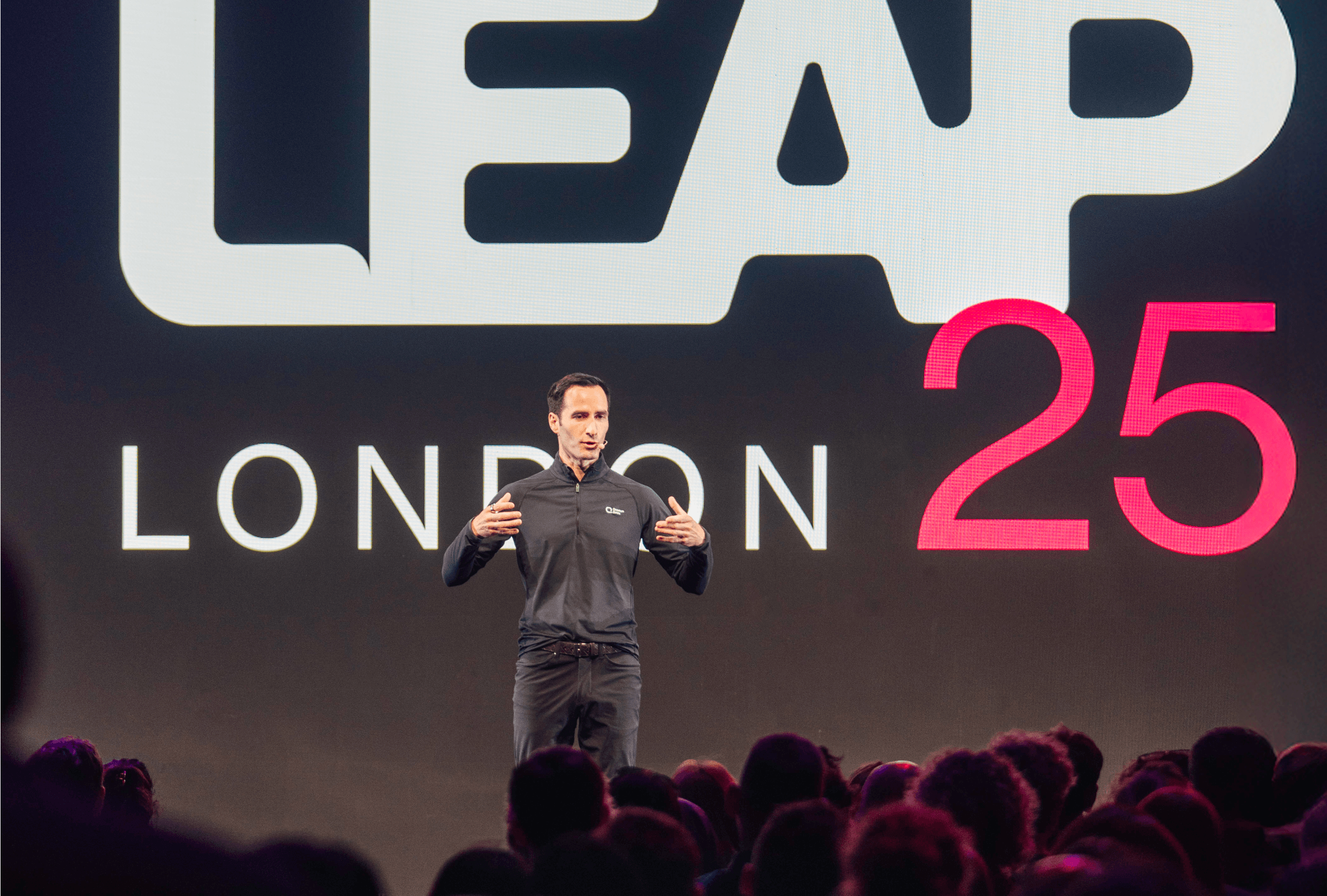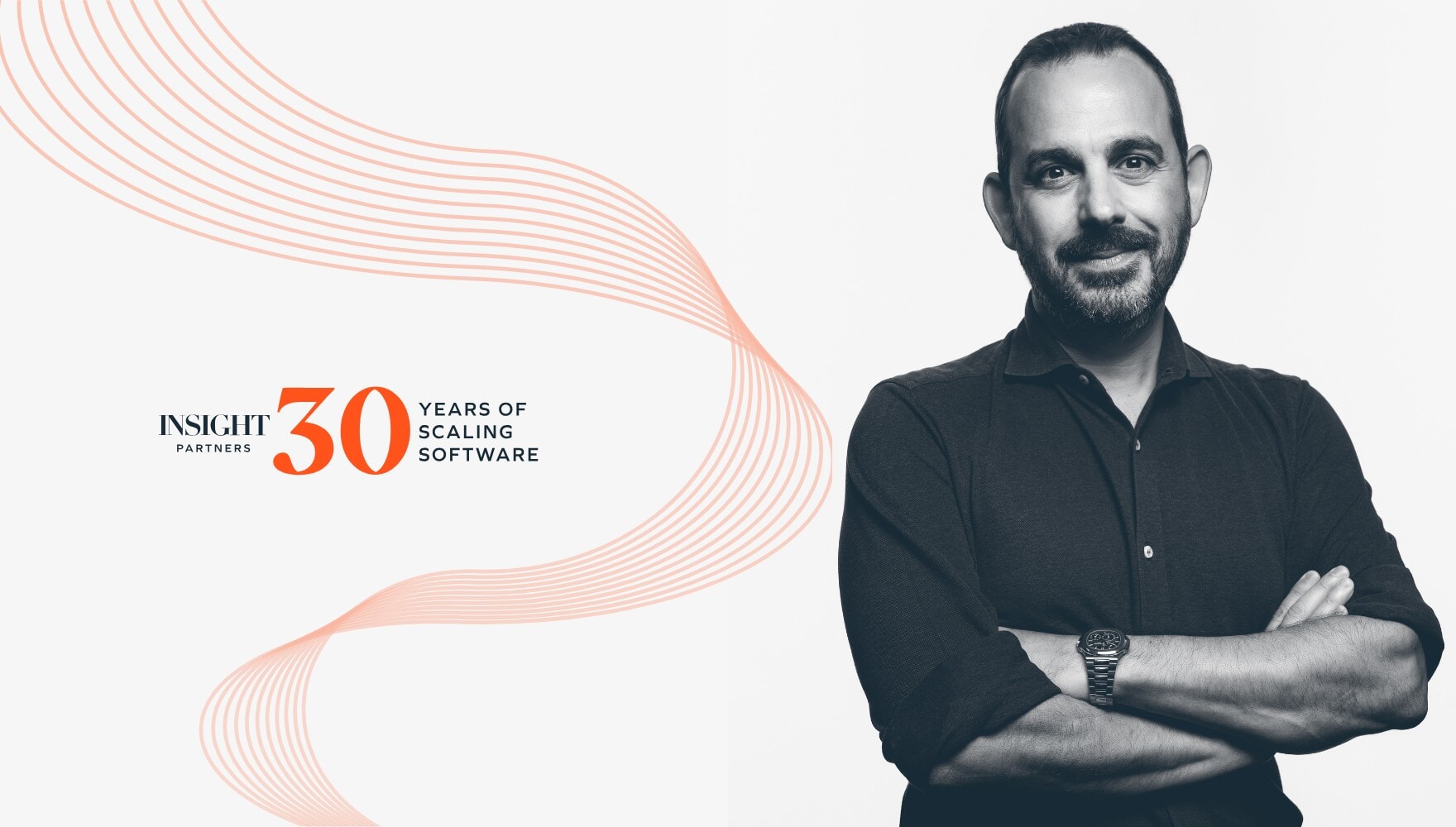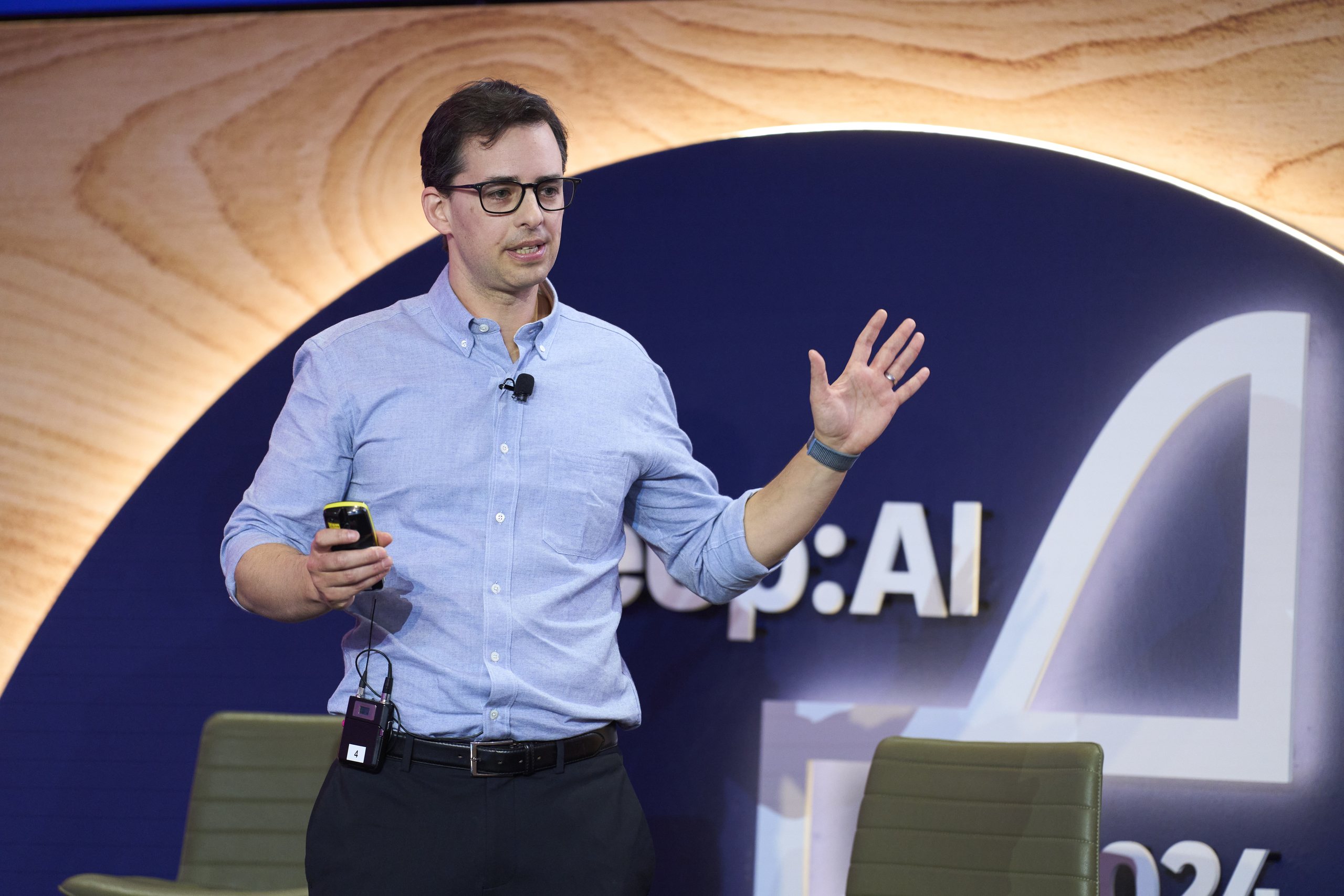The new generation of cloud providers: Why some programmers are moving away from megaclouds

In a world where AWS, GCP, and Azure are starting to look like Costco with too many aisles and value packs, developers want simpler options. In comes a new generation of cloud providers.
Exciting times are ahead as startups like Vercel and Fly emerge as strong contenders against megacloud solutions. The key to their success isn’t serverless or edge features – it’s ease of use.
Resurgent demand for easy-to-deploy “PaaS”
Developers want a platform that’s fast, efficient, and doesn’t require a doctorate in cloud architecture.
“When I was 25, I was excited by the idea of running my own Kubernetes cluster.
Now that I’m in my thirties, I want to deploy my software and just have it work.”— Maya Kaczorowski (@MayaKaczorowski) October 19, 2022
And that’s exactly what this new class of cloud providers deliver. By mission statement:
- Vercel: “Develop. Preview. Ship.”
- Fly.io: “Our raison d’être is to deliver your applications to your users globally, with the highest possible availability and the lowest possible latency, with a great developer UX.”
- Railway: “Bring your code, we’ll handle the rest.”
- Fermyon: “From blinking cursor to deployed app in less than two minutes.”
- Modal Labs: “Modal lets you run code in the cloud without having to think about infrastructure.”
Edge is part of the picture, but not the main driver
While there’s certainly been a lot of chatter around edge and serverless capabilities, the truth is, these features will soon be table stakes and not the means for differentiation. Sure, developers want the ability to deploy once and run their apps anywhere in the world, and they’d rather not pay for idle hours.
But how will a new entrant execute Wasm modules faster than incumbents like Amazon (AWS) when they decide the technology is ready to replace lambdas? Or beat Cloudflare at running V8 isolates all around the world? Do developers even need edge when low-latency, multi-region availability can be spun up with a few lines of code?
The answer will more often than not be “no!”
Differentiation = community
When it comes to choosing a next-gen cloud, it’s all about the community. Vercel, Deno, and Bun are leading the way in the “Javascript cloud” category. Meanwhile, Fly has carved out a niche as the go-to provider for container-based applications.
Looking ahead, I see the Wasm clouds like Fermyon and wasmCloud, which will support multiple programming languages and help developers build cross-language applications, as the polyglot clouds.
In the end, the most successful next-gen clouds will be those that can build vibrant, engaged communities of developers around their platforms.
Stateful applications are on the way
Next-gen cloud providers are expanding their offerings to include databases and other services that enable developers to build and deploy stateful applications more easily. For example, Fly.io now supports SQLite, Fermyon supports KV-stores, and Vercel is forming partnerships with various databases.
We may see backend-as-a-service and serverless database offerings merge with next-gen clouds to achieve greater performance and profitability, namely by eliminating the megacloud egress chokehold.
Two paths to building an enduring next-gen cloud
As long as cloud providers continue to charge high markups on raw computing, there’s a limited opportunity to make money on developer experience alone. How will this new crop of companies build enduring businesses?
Option #1: Vertical integration
Vertical integration has long been a method used to combat commodity pressures. If next-gen clouds want to maintain sustainable margins in the long run, they can move down the value chain and control their own hardware. That’s Fly.io’s approach, where they rent or own all of their servers. It’s a model I believe others will adopt as they scale their businesses.
Option #2: Value-add products
Some companies may choose to build higher-margin products on top of their deployment platforms as a way to increase their profit margins as they scale. Vercel is one example of a company that has done this by offering Turborepo, a JavaScript build system that can be used either as part of the Vercel platform (and immediately drive its usage) or as a standalone product that draws customers to the platform over time.
Incumbents are both friends and foes
It’s unlikely that megaclouds will stop the progress of next-gen cloud providers, as many of them run on core compute offerings from AWS, GCP, and Azure. But they do have their eye on the CDNs, who also benefit from the increased utilization driven by next-gen cloud providers using their infrastructure.
It’s possible that major cloud providers like AWS and Azure will establish more locations in metropolitan areas, while CDNs are expected to expand their compute offerings and may acquire next-gen cloud providers to improve the developer experience.
In conclusion, it’s the ease of use that drives success, not just serverless or edge features. To ensure long-term viability, next-gen clouds must invest in their own hardware or build higher-margin products atop their deployment platforms. This year we’ll see next-gen clouds support stateful applications. Next year and beyond, incumbents will start to make combative moves.
Editor’s note: Deno, Fermyon, and Tailscale are Insight portfolio companies.
Certain statements made throughout this post that are not historical facts may contain forward-looking statements. Any such forward-looking statements are based on assumptions that Insight believes to be reasonable, but are subject to a wide range of risks and uncertainties and, therefore, there can be no assurance that actual results may not differ from those expressed or implied by such forward-looking statements. Trends are not guaranteed to continue.












